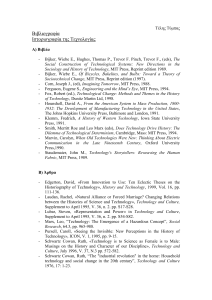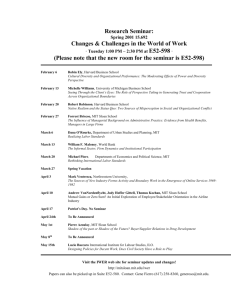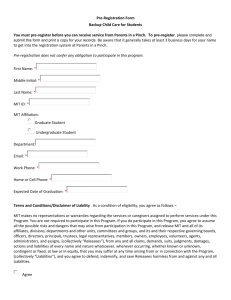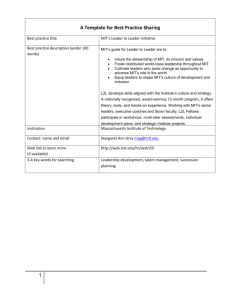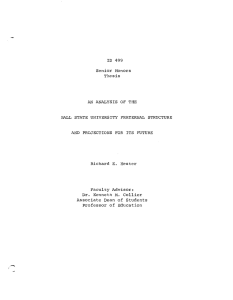View the Word Doc
advertisement
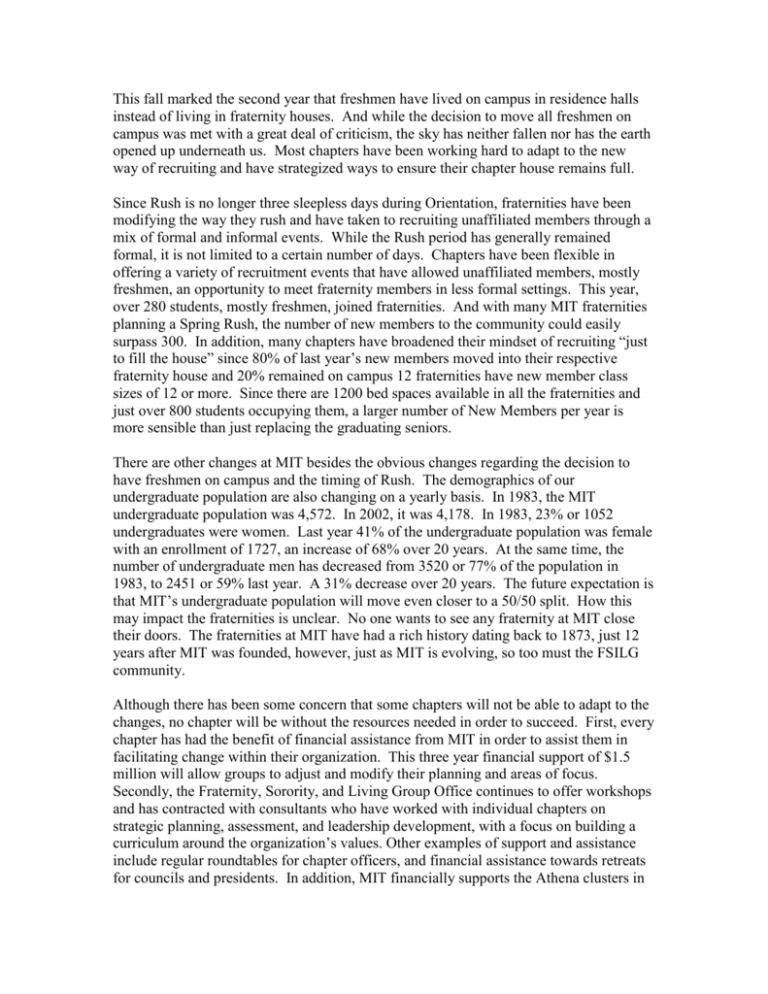
This fall marked the second year that freshmen have lived on campus in residence halls instead of living in fraternity houses. And while the decision to move all freshmen on campus was met with a great deal of criticism, the sky has neither fallen nor has the earth opened up underneath us. Most chapters have been working hard to adapt to the new way of recruiting and have strategized ways to ensure their chapter house remains full. Since Rush is no longer three sleepless days during Orientation, fraternities have been modifying the way they rush and have taken to recruiting unaffiliated members through a mix of formal and informal events. While the Rush period has generally remained formal, it is not limited to a certain number of days. Chapters have been flexible in offering a variety of recruitment events that have allowed unaffiliated members, mostly freshmen, an opportunity to meet fraternity members in less formal settings. This year, over 280 students, mostly freshmen, joined fraternities. And with many MIT fraternities planning a Spring Rush, the number of new members to the community could easily surpass 300. In addition, many chapters have broadened their mindset of recruiting “just to fill the house” since 80% of last year’s new members moved into their respective fraternity house and 20% remained on campus 12 fraternities have new member class sizes of 12 or more. Since there are 1200 bed spaces available in all the fraternities and just over 800 students occupying them, a larger number of New Members per year is more sensible than just replacing the graduating seniors. There are other changes at MIT besides the obvious changes regarding the decision to have freshmen on campus and the timing of Rush. The demographics of our undergraduate population are also changing on a yearly basis. In 1983, the MIT undergraduate population was 4,572. In 2002, it was 4,178. In 1983, 23% or 1052 undergraduates were women. Last year 41% of the undergraduate population was female with an enrollment of 1727, an increase of 68% over 20 years. At the same time, the number of undergraduate men has decreased from 3520 or 77% of the population in 1983, to 2451 or 59% last year. A 31% decrease over 20 years. The future expectation is that MIT’s undergraduate population will move even closer to a 50/50 split. How this may impact the fraternities is unclear. No one wants to see any fraternity at MIT close their doors. The fraternities at MIT have had a rich history dating back to 1873, just 12 years after MIT was founded, however, just as MIT is evolving, so too must the FSILG community. Although there has been some concern that some chapters will not be able to adapt to the changes, no chapter will be without the resources needed in order to succeed. First, every chapter has had the benefit of financial assistance from MIT in order to assist them in facilitating change within their organization. This three year financial support of $1.5 million will allow groups to adjust and modify their planning and areas of focus. Secondly, the Fraternity, Sorority, and Living Group Office continues to offer workshops and has contracted with consultants who have worked with individual chapters on strategic planning, assessment, and leadership development, with a focus on building a curriculum around the organization’s values. Other examples of support and assistance include regular roundtables for chapter officers, and financial assistance towards retreats for councils and presidents. In addition, MIT financially supports the Athena clusters in each of the FSILGs. MIT recently provided the $80,000 seed money for the new cooperative launched by the AILG. Plus money for a new Daytime Winter Shuttle, stipends for Residents Advisors, and books and materials for a Treasurer’s class during IAP. Furthermore, the FSILG office will be attending every fraternity’s chapter meeting to hear from the students and to discuss short-term and long-term strategic planning and assist chapters in developing action plans. Finally, President Vest recently chartered a Task Force to look constructively at the FSILG community to document the important contributions the fraternities, sororities, and living groups have made to the Institute. The Task Force will assess key dimensions of the FSILG community and recommend actions that will help the FSILGs with shortfalls to reach higher standards. In addition, the Task Force will look at the roles of the various stakeholders and focus on the refinement of these roles and the rededication of efforts on behalf of the FSILG community. The Institute recognizes the contribution the FSILGs have made and embraces the level of support and development each FSILG gives to its members. The emphasis MIT has placed on the student life experience is evident by its commitment to supporting the FSILG community and securing its future at MIT for the next century. David N. Rogers Assistant Dean and Director of Fraternities, Sororities, and Living Groups




